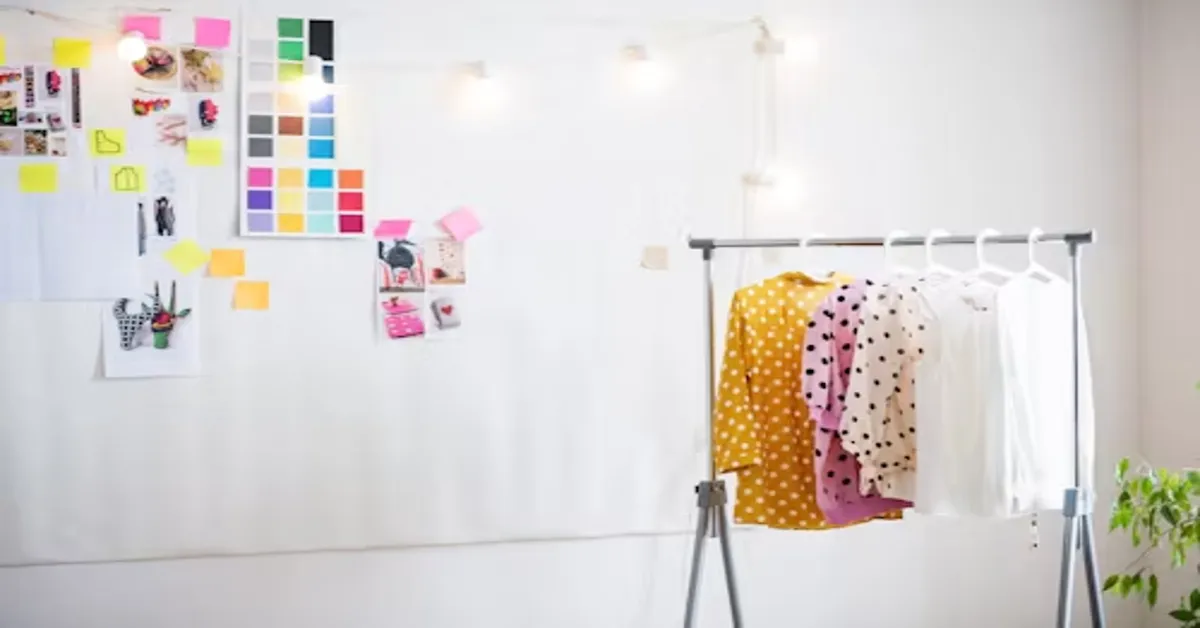Sustainability has passed from being a marketing gimmick. Particularly, Gen Z, modern consumers want environmentally responsible clothing created under fair, ethical standards. Companies that wish to meet the requirements of today’s consumers must be transparent and quantifiable in their efforts to reduce their environmental impact; they cannot rely solely on greenwashing. Sustainability is no longer a choice, but a duty.
In this post, we’ll discuss how DTF Prints contribute to making fashion more sustainable by reducing waste, conserving water, and facilitating an easy and ethical way to produce clothes.
Why Old-School Printing Harms the Environment
Before we get into how a DTF transfer is a step up, let’s see what’s harmful about the conventional ways to print on clothes:
- Screen Printing: It takes a ton of water to clean the screens and remove the ink. Plus, all those extra inks and cleaners contribute to water pollution.
- Dye Sublimation: This only works on synthetic fabrics like polyester. When this happens, it lets off fumes and uses a lot of power.
- Direct-to-Garment (DTG): It’s slightly better than screen printing, but still uses water-based inks and requires some preparation beforehand. If you’re not careful, it can be pretty wasteful.
The conventional methods really eat up resources. It’s a big problem, especially since the fashion world makes way too many clothes that just get dumped in landfills.
Here’s How DTF Changes the Game
1. Way Less Water, Way More Clothes
One of the best aspects of DTF is its minimal water requirement. Unlike screen printing, which uses water to clean everything and apply the ink, DTF doesn’t require any water.
Here’s why it saves so much:
- No Messy Screens: You print designs on a film, so you don’t need those screens that eat up water.
- Water-Free Transfer: The sticky powder uses heat to adhere to the fabric, eliminating the need for water.
- Smart Ink Use: It uses just the right amount of water-based ink.
If brands want to be kinder to the earth, this cuts down how much water goes into each piece of clothing, helping them be more sustainable and saving them money on water.
2. Less Waste with On-Demand Printing
Producing excessive amounts of waste is a significant problem for the Earth. If you make a lot of clothes, many of them don’t get sold and end up as trash. DTF lets brands produce items only when someone orders them. Here’s how:
- No Limits: Print a few things or even just one without spending a fortune with the DTF Gang Sheet.
- No Stockpile: Brands can have their designs ready to go online and only print when someone buys.
- Less Stuff in Landfills: DTF uses precisely the ink and film needed, so less leftover material.
Being able to print when needed helps the planet. Also, brands can switch up their designs easily, following trends without worrying about a pile of clothes nobody wants.
3. Earth-Friendly Inks and Films
DTF is getting better with sustainable stuff like inks and films you can recycle. Now, many DTF printers use inks that don’t contain harsh chemicals, which is better all around.
Some cool green options:
- Powders That Break Down: New sticky powders break down without leaving plastic bits behind.
- Films for Recycling: Films that you can collect and recycle after the design is on the shirt, cutting down on plastic waste.
- Inks with Less Fumes: These inks don’t let off as much junk when you use them.
These materials let brands make tough, high-quality prints while making sure they’re as green as possible with how they make them.
4. Supports Slow and Ethical Fashion
DTF is a good match for slow fashion, which is all about buying smart, making stuff ethically, and having clothes that last. Instead of pumping out tons of clothes that people impulse buy, DTF lets smaller brands make unique, sustainable pieces.
How DTF helps do things right:
- Local Production: Making clothing near customers cuts down on carbon emissions from shipping.
- Unique Designs: It makes people think about what they’re buying because the clothes are made to order.
- Long-Lasting Prints: DTF designs can go through the wash a bunch without fading, so the clothes last.
Since DTF helps produce smaller amounts of clothing with higher quality, it helps brands ditch the damaging fast fashion cycle and move towards doing things better for everyone.
Final Thoughts
DTF is a new, eco-friendly method for printing custom designs that generates minimal waste and incurs low costs. With clothing trending towards eco-friendliness and on-demand production, DTF enables brands to move quickly, do good for the planet, and still print awesome, unique clothing efficiently.

